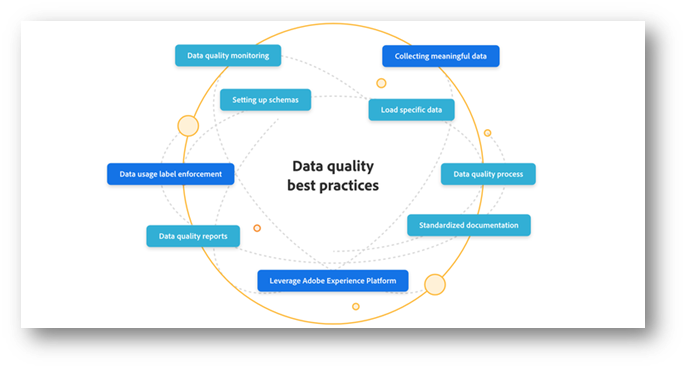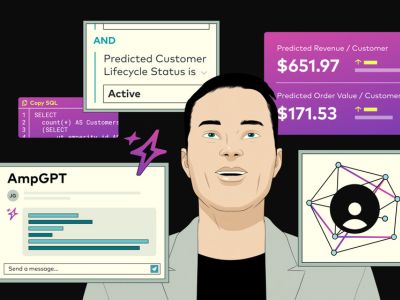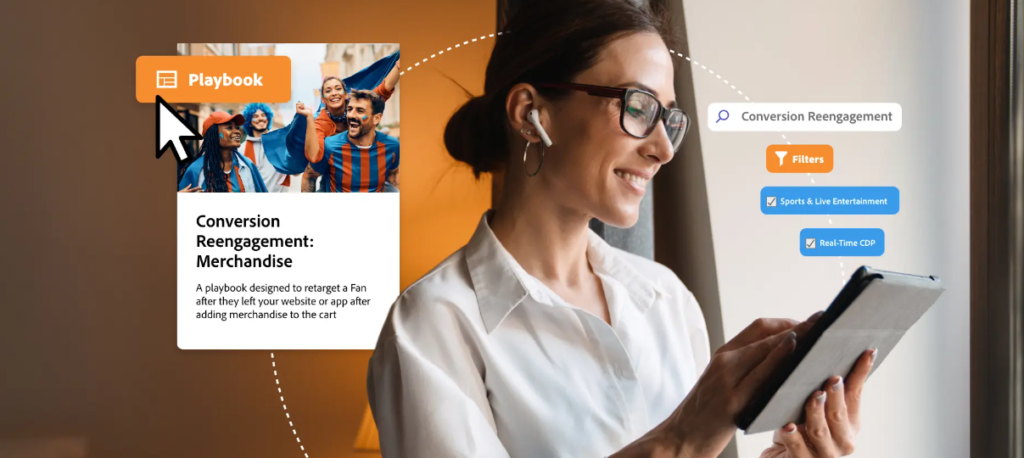Why data quality is the key to success with your customer data platform
March 11, 2024This article was originally published on Adobe website. Click here to see the original blog post.
Data quality is the foundation of any successful customer data platform (CDP), such as Adobe Experience Platform. Without high-quality data, all downstream applications will suffer. This blog post will explain the significance of data quality for long-term success and provide insights on how to achieve it.
What is data quality?
Data quality refers to the accuracy, completeness, consistency, timeliness, and relevance of the data that is collected, stored, and processed in a CDP. Data quality impacts every stage of the data lifecycle — from ingestion to activation.
Why data quality matters
The following examples illustrate how poor data quality can impact your business:
- Segmentation. If your data is incomplete, inconsistent, or outdated, you will not be able to create meaningful segments of your customers based on their attributes, behaviors, and preferences. Such shortcomings restrict your ability to offer tailored experiences and execute targeted campaigns across various channels and devices.
- Reporting. If your data is inaccurate, irrelevant, or duplicated, you will not be able to generate reliable and actionable reports and dashboards that measure your key performance indicators (KPIs) and inform your stakeholders. This will erode trust in the data, decrease adoption, and can even lead to wrong decisions — based on false data.
- Activation. If your data is not standardized, enriched, or validated, you will not be able to activate it effectively to various destinations. Examples of such channels include email, social media, advertising platforms, and analytics tools. This will reduce your reach and impact and waste your precious resources.
- Stitching. If your data is not consistent, coherent, or compatible, you won’t be able to stitch it together to create a 360-degree customer profile. The objective is to capture each customer’s complete journey across various touchpoints and channels. Without this view, you will be prevented from understanding your customers holistically and optimizing their experiences. With Experience Platform, you can use Identity Service to stitch together different customer identifiers — such as email addresses, phone numbers, or device IDs. By defining schemas for your datasets that specify the structure, you can rely on consistent formats and semantics of your data fields.

Data quality best practices
As you can see, data quality is critical for the success of any CDP. However, data quality is not something that just happens magically. It requires a deliberate and systematic approach that involves planning, designing, implementing, and monitoring.
The following best practices give you insights to ensure data quality in your CDP:
- Work a use case and demand-driven approach. Do not collect data for the sake of collecting it. Collecting unnecessary or irrelevant data does not help anyone and is even harmful as it adds complexity to the data landscape. It increases the maintenance effort and makes it harder to find the relevant data points. In addition, the overall volume and storage size are increased, which potentially results in slower data processing. Further, only collecting the data without deriving meaningful insights and eventually acting on them is a waste of time and money. Instead, adopt a use case and demand-driven approach. Gather the requirements upfront and only model and load data points that will be used for specific purposes.
- Establish a data quality process. Do not simply assume that your data is correct and consistent. Data quality issues can arise from various sources — such as human errors, system failures, integration challenges, or changes in business rules. Therefore, you need to establish a data quality process that checks, verifies, and cleanses your data on a regular basis. Ensure that this process is well-defined and communicated across the team to raise awareness. It should contain a maintained list of the relevant data quality metrics and rules. The process should then implement regular data quality checks and validations and help identifying and resolving data quality issues. Additionally, standardized documentation and reporting on data quality status and trends provides traceability and helps to further refine the process.
- Leverage available CDP capabilities. Do not reinvent the wheel when it comes to data quality management. Most CDPs offer capabilities that can help you ensure data quality within the platform. Use built-in data governance frameworks to establish policies and standards for your data assets. For example, you could use a data usage label enforcement (DULE) framework and define customized data retention policies. By defining and setting up schemas, data ingestion will be standardized and scalable — as the structure, format, and semantics of your data fields are enforced automatically. Finally, the out-of-the-box data quality monitoring capabilities, such as dashboards and alerts, can help you improve the quality of your datasets based on predefined or custom rules. All of this and more is part of Adobe Experience Platform.
Get started with better customer data
In conclusion, data quality is essential for long-term success in any CDP, such as Experience Platform. Compromising on data quality can hurt the performance of all subsequent uses of that data.
Therefore, your work should be use case and demand-driven, establish a data quality process, and use Adobe Experience Platform capabilities to ensure data quality in your system.
As a senior enterprise architect, Benedikt Wedenik is the executive technical leader who owns the design of the architecture and delivery of large-scale Adobe Experience Platform projects. His primary focus is on Adobe Experience Platform and how it enables other Adobe Experience Cloud products and application services in the customer ecosystem to help meet customer goals and objectives. As a trusted advisor, Wedenik is constantly building close relationships with executives and senior client leadership in his projects to ensure long-term success for both parties. He has been with Adobe for five years and led projects in all major industries.


